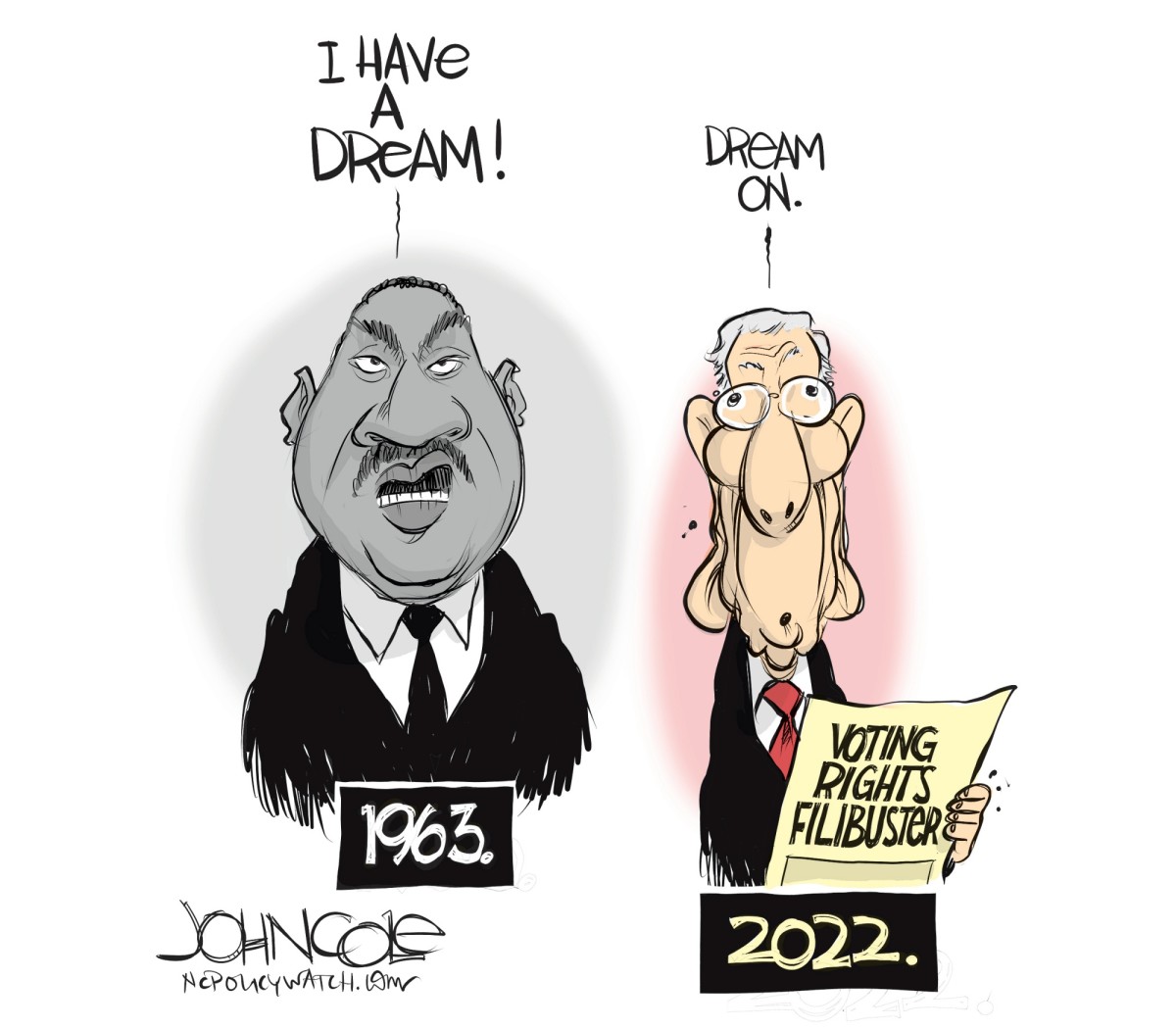From Michigan Supreme Courtroom Justice Bridget McCormack’s vast majority viewpoint (for four of the 7 Justices) delivered Thursday in People today v. Gafken:
[W]hile fleeing from law enforcement, Theresa Gafken ran a crimson mild at speeds topping 100 miles for every hour and collided with other cars, killing a single person and leading to serious injuries to various other folks Gafken was also wounded. The prosecution billed her with next-degree murder, and two counts of operating a car even though intoxicated (OWI) resulting in significant impairment of a entire body operate.
Ahead of demo, Gafken moved to permit certain testimony. Specifically, she questioned to be authorized to testify that she intended to pull in excess of when the police officer activated his overheard lights and that she did not do so mainly because Michael Scandalito, who was sitting guiding her, then thrust a gun into her ribs and threatened to get rid of her if she stopped the automobile. She also desired to testify that Scandalito was on parole and currently being sought for a parole-violation warrant and experienced committed aggravated assault towards his mom whilst in a methamphetamine rage….
The greater part held that the testimony must have been admitted, and Gafken ought to have been in a position to use the duress defense centered on that testimony. Here’s the heart of the shorter vast majority opinion, however there is also an appealing and a great deal much more detailed concurrence, in addition 3 specific dissents.
“The aspects of next-diploma murder are: (1) a dying, (2) induced by an act of the defendant, (3) with malice, and (4) with no justification or excuse.” Malice may possibly be founded in three methods: by exhibiting (1) the intent to destroy, (2) the intent to trigger terrific bodily hurt, or (3) the intent to do an act in wanton and willful disregard of the chance that the purely natural tendency of these habits is to cause death or wonderful bodily harm…. The prosecution billed Gafken only beneath the 3rd idea of malice, commonly referred to as depraved-coronary heart murder.
“Duress is a popular-regulation affirmative protection.” … “The rationale of the protection of duress is that, for motives of social policy, it is much better that the defendant, faced with a option of evils, pick to do the lesser evil (violate the criminal legislation) in get to avoid the bigger evil threatened by the other human being.” …
“[H]istorically, duress was not permitted as an affirmative protection to murder.” [In the words of] Lord Matthew Hale and William Blackstone, “[T]hough a man be violently assaulted, and hath no other possible implies of escaping dying, but by killing an innocent human being this dread and drive shall not acquit him of murder for he should fairly to die himself, than escape by the murder of an harmless.”‘ … The rationale for the no-duress-defense-for-murder rule is … absent when depraved-heart murder is billed. Wicked-heart murder does not existing the choice concerning sparing one’s own lifetime or getting the lifestyle of an innocent. It is not kill or be killed. Somewhat, the alternative offered here is …: shed one’s life or dedicate a lesser felony than intentional murder (here, reckless driving and fleeing from regulation enforcement).
Even though it has usually been repeated that duress is not a protection to “murder” or “murder,” we have recognized that this is an overly broad statement of the rule. As an alternative, the no-duress-protection-for-murder rule has been limited to instances of intentional murder traditionally.
To be confident, some authority from other jurisdictions appears in a wide rule—that duress is not a defense to “murder” with no qualification. See, e.g., Men and women v Anderson (Cal. 2002) (“duress is not a defense to any kind of murder”) Am Jur 2d, Murder (it is “commonly held” that duress is not a defense to murder and that “duress [does not] mitigate murder to manslaughter”). But typically, this authority involves interpretation of a statute furnishing under what conditions a duress defense can be raised. Of study course, a state legislature may well dictate the terms in which the duress defense may well be lifted. Since our Legislature has not done so, we utilize the popular-regulation rule. And we are knowledgeable of no court docket that has thought of the challenge of irrespective of whether duress can be raised as a protection to an unintentional homicide….
Being familiar with the basis of the no-duress-defense-for-murder rule, we believe that that Hale and Blackstone would not have intended to withhold the duress protection on these info. Simply because Gafken alleges that she selected to do the lesser evil, a duress protection is offered.
The prosecution would not present numerous arguments to the opposite. As an alternative, it argues that this Courtroom must not allow for a duress defense for depraved-coronary heart murder due to the fact the info will make it really complicated for Gafken to be successful under a duress defense. But that argument confuses irrespective of whether the law permits a duress defense (our occupation) with no matter whether the defendant will be in a position to prevail on such a protection in advance of a jury (not our work). A jury may perhaps concur with the prosecution—Gafken has a ideal to find out.
A defendant is constitutionally certain the right to a “meaningful prospect to existing a complete defense.” The trial court’s order avoiding Gafken from raising a duress defense to a next-diploma murder charge that relied on a depraved-heart principle of malice was mistake, and it was not harmless. The denial of the protection, coupled with the demo court’s exclusion of any evidence that Scandalito threatened Gafken, properly left Gafken with no defense at all. The jury listened to Gafken concede that she engaged in the perform major to the victim’s death but was in no way capable to consider regardless of whether “the legislation excused [her] carry out ….” …



